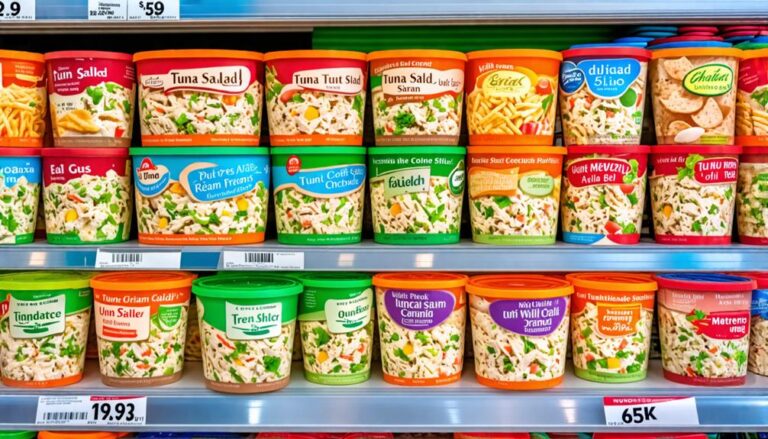When it comes to breakfast, the aroma of sizzling bacon often evokes warm memories and comfort. Amidst the bustling grocery aisles, two brands often vie for your attention: Member’s Mark and Kirkland. At first glance, they seem similar—both hefty packages promise crispy strips of pork heaven. But a deeper examination reveals subtle and significant differences that might sway your choice.
Interestingly, Member’s Mark is cheaper yet comes in larger packs, an alluring option for large families or avid bacon enthusiasts. Kirkland, though pricier, boasts a consistent crispiness that many bacon aficionados cherish. Each slice cooks evenly, achieving that perfect blend of crunch and tenderness. For those mindful of their fat intake, Kirkland’s bacon presents a leaner profile. With fewer grams of fat per serving compared to Member’s Mark, it stands out for the health-conscious consumer.
Then there’s the matter of nitrites and nitrates, those controversial preservatives. Both brands use these compounds, but Kirkland’s packaging makes it a point to emphasize their minimal use. It’s a small reassurance for those concerned about the potential health risks. The visual appeal of bacon also comes into play—pink veins of lean meat interwoven with white fat are what many look for. Here, Member’s Mark excels with its vivid coloration, though Kirkland’s uniform strips are easier to manipulate when cooking.
From farm to table, the sources of the pork must be considered. Kirkland often highlights its commitment to quality sourcing, providing some peace of mind regarding ethical farming practices. Flavor-wise, the battle continues. While both brands are undeniably salty, Member’s Mark edges ahead with a subtle smoky undertone, enhancing its flavor profile.
Ultimately, making the better choice between Member’s Mark and Kirkland bacon isn’t straightforward. It hinges on your priorities—cost, health, ethical considerations, or taste. Each offers unique strengths. Next time bacon graces your shopping list, remember that a thoughtful choice lies in appreciating these nuanced differences.




